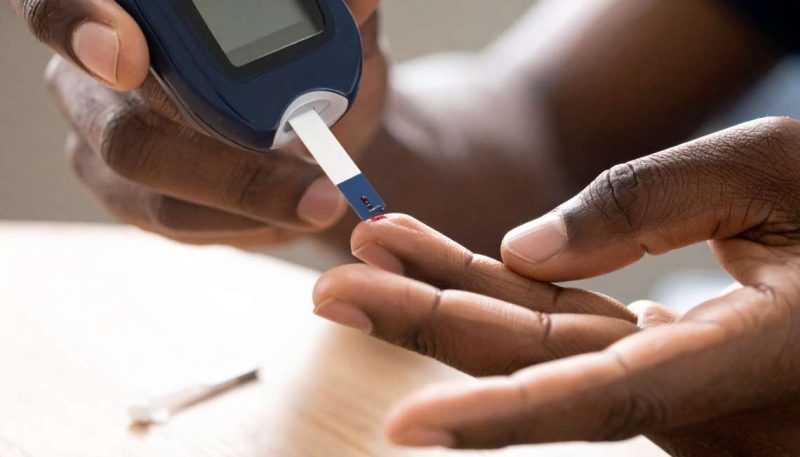Diabetic foot ulcer patients with severe infection may even require amputation. It also accounts for a significant proportion of non-traumatic lower-limb amputations, stressing the need for preventive care and timely intervention…reports Asian Lite News
Monsoon raises the risk of foot ulcers in people with diabetes due to increased moisture and humidity, said experts on Sunday, stating the urgent need for specialised care and awareness.
Diabetic foot is a severe complication of diabetes that takes a toll on the feet due to prolonged high blood sugar levels. It raises the risk of nerve damage (neuropathy) and poor blood circulation, foot ulcers, infections, and amputation in severe cases.
An estimated 15 per cent of diabetics are likely to experience the foot problem. While the risk runs all year, increased humidity during monsoons worsens the condition, said experts.
“Diabetic foot cases are seen more often especially in hot and humid weather, though we see them across the year. More than 50 per cent of people with diabetes experience foot infections during monsoon. People in the age group 50-65 with uncontrolled diabetes tend to commonly suffer from foot infections,” Shashank Joshi, Endocrinologist, Lilavati Hospital Mumbai, told IANS.
Diabetic foot ulcer patients with severe infection may even require amputation. It also accounts for a significant proportion of non-traumatic lower-limb amputations, stressing the need for preventive care and timely intervention.
“Diabetic foot ulcers lead to serious infections, amputations, and decreased quality of life. With monsoon season raising the risk due to increased moisture and humidity, diabetic patients need to maintain foot hygiene, opt for regular check-ups, and wear appropriate footwear to prevent ulcers,” Jaisom Chopra, Vascular Surgeon at Apollo Spectra Hospitals, Delhi, told IANS.
According to a recent study by the Christian Medical College, Vellore, in India, more people with diabetes are having their toes or even feet removed due to sores than the former estimates. It also found that after one amputation, the chance of having another in the future is three times higher.
“The reason for this is lack of nerve sensation and blood supply, so awareness and regular foot care is crucial. This is preventable,” Shashank said.
The key to good foot care is good sugar control, and care of nerves and vessels as well as regular feet check. Specialist diabetic footwear is also available and people living with diabetes should seek expert care.
He advised diabetics to “quit smoking to enhance circulation, dry your feet, not walk barefoot, trim nails regularly, choose good quality socks if you are wearing shoes, and to consult an expert in case of wounds, redness, blisters, or ulcers”.
ALSO READ-Dual Drug Therapy Protects Diabetics’ Hearts and Kidneys









